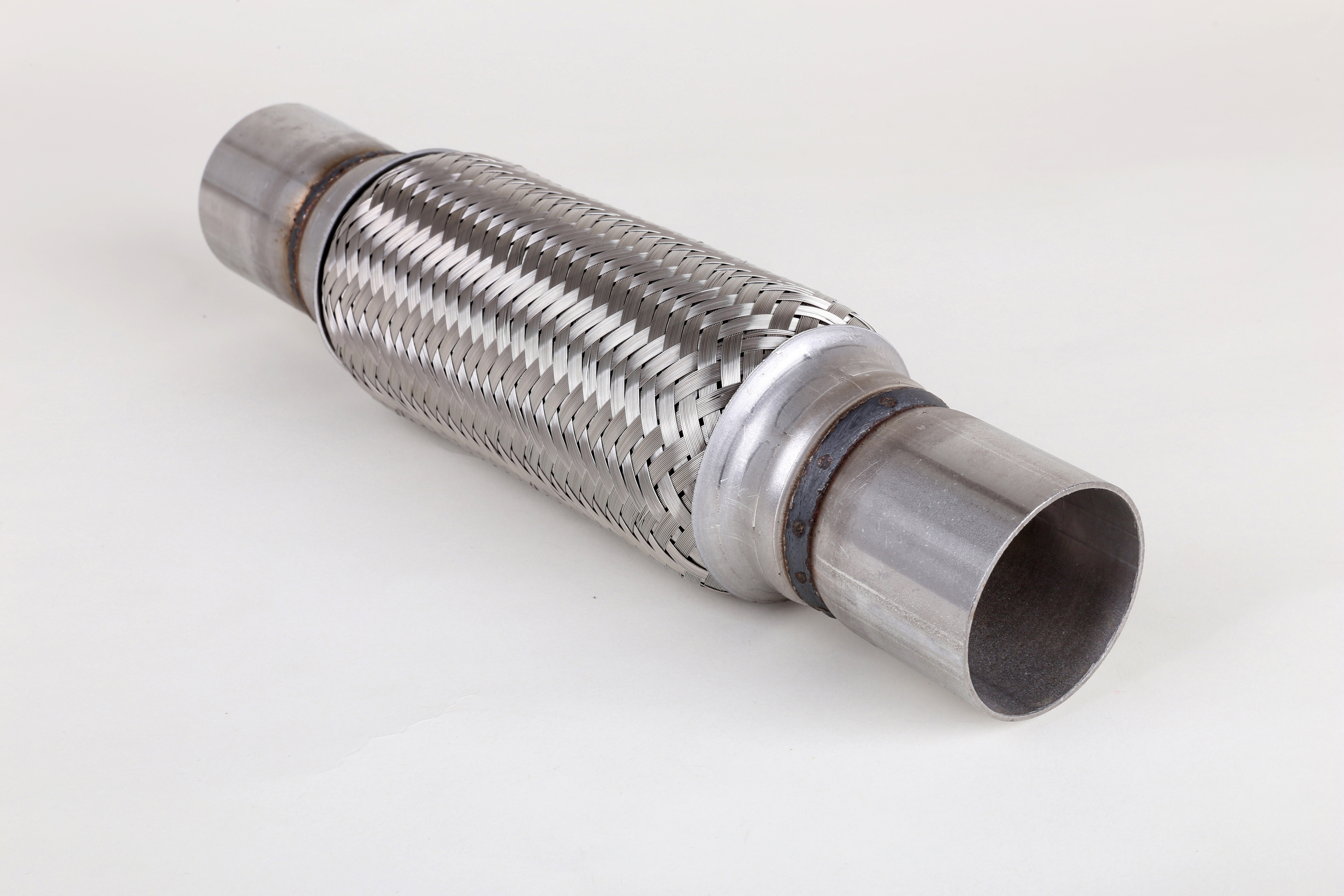1 Inch Flexible Exhaust Pipe For Generator

The unassuming 1-inch flexible exhaust pipe plays a critical role in the safe and efficient operation of portable generators. Often overlooked, this component is responsible for channeling harmful exhaust gases away from the generator itself and, more importantly, from the people operating it. While seemingly simple, understanding the nuances of these pipes, their materials, and proper installation is crucial for anyone who owns or services a generator. In this article, we'll delve into the specifics of 1-inch flexible exhaust pipes used in generator applications, focusing on their construction, materials, performance characteristics, and essential safety considerations.
Construction and Materials
A 1-inch flexible exhaust pipe, as the name suggests, is a flexible conduit typically made from corrugated metal. The corrugation allows for bending and shaping the pipe to direct exhaust gases as needed. The "1-inch" designation refers to the pipe's inner diameter (ID), which must match the generator's exhaust outlet for a secure and leak-free connection. Common materials include:
- Stainless Steel: The premium choice for durability and corrosion resistance. Stainless steel pipes can withstand high temperatures and are less prone to rusting, making them ideal for long-term use, especially in humid or coastal environments.
- Galvanized Steel: A more affordable option, galvanized steel provides a decent level of corrosion protection. However, the galvanizing can degrade over time, especially with prolonged exposure to heat and exhaust gases.
- Aluminum: Lighter than steel, aluminum pipes offer good heat dissipation but are generally less robust and more susceptible to damage from physical impacts.
- Composite Materials: Some high-end flexible exhaust pipes utilize composite materials to provide excellent heat resistance and flexibility. These are typically more expensive but offer superior performance.
The choice of material depends on factors such as budget, intended usage, and environmental conditions. For example, a generator used frequently in harsh weather would benefit from a stainless steel exhaust pipe.
Performance Characteristics
Beyond material, several performance characteristics determine the suitability of a 1-inch flexible exhaust pipe for a given generator:
- Temperature Resistance: The pipe must be able to withstand the high temperatures of exhaust gases without melting, deforming, or releasing harmful substances. Look for pipes specifically rated for exhaust applications and check the maximum operating temperature.
- Flexibility: The flexibility allows for routing the exhaust away from the generator and the operator. Excessive bending can restrict airflow, so it's essential to maintain a smooth, gradual curve.
- Leak Resistance: A properly sealed connection is paramount. Leaks can introduce carbon monoxide (CO) into enclosed spaces, posing a serious health hazard. Always use appropriate clamps and sealants to ensure a tight seal.
- Flow Rate: While seemingly a simple tube, internal constrictions or kinks can significantly reduce the flow rate of exhaust gases, potentially affecting generator performance. Choose a pipe with a smooth inner surface and avoid sharp bends during installation.
Installation and Safety Considerations
Proper installation of a 1-inch flexible exhaust pipe is critical for safety and performance:
- Carbon Monoxide (CO) Awareness: Carbon monoxide is a colorless, odorless, and deadly gas. Never operate a generator indoors or in poorly ventilated areas. Install carbon monoxide detectors in your home or workplace.
- Secure Connections: Use appropriate clamps (e.g., hose clamps, band clamps) to securely attach the exhaust pipe to the generator's exhaust outlet and any extension pipes. Ensure the clamps are tightened properly.
- Heat Shielding: The exhaust pipe can get very hot. Consider using heat shields or insulating wraps to prevent accidental burns and protect nearby flammable materials.
- Exhaust Routing: Route the exhaust away from windows, doors, and ventilation intakes. Ensure the exhaust fumes are directed away from occupied areas.
- Regular Inspection: Periodically inspect the exhaust pipe for damage, corrosion, or leaks. Replace the pipe if any issues are detected. Listen for unusual exhaust noises, which could indicate a leak.
Common Problems and Maintenance
Like any component, 1-inch flexible exhaust pipes are susceptible to wear and tear. Common problems include:
- Corrosion: Exposure to moisture and exhaust gases can lead to rust and corrosion, especially with galvanized steel pipes.
- Cracks and Holes: Physical impacts or excessive bending can cause cracks or holes in the pipe, leading to leaks.
- Loose Connections: Vibration can loosen clamps over time, resulting in exhaust leaks.
Regular maintenance involves inspecting the pipe for damage, tightening clamps, and cleaning any accumulated debris. If you notice any signs of damage or corrosion, replace the pipe immediately.
Conclusion
The 1-inch flexible exhaust pipe is a small but vital component of a generator system. Choosing the right material, ensuring proper installation, and performing regular maintenance are crucial for safe and efficient operation. By understanding the principles outlined in this article, generator owners and service professionals can ensure that this often-overlooked part contributes to a safe and reliable power source.
